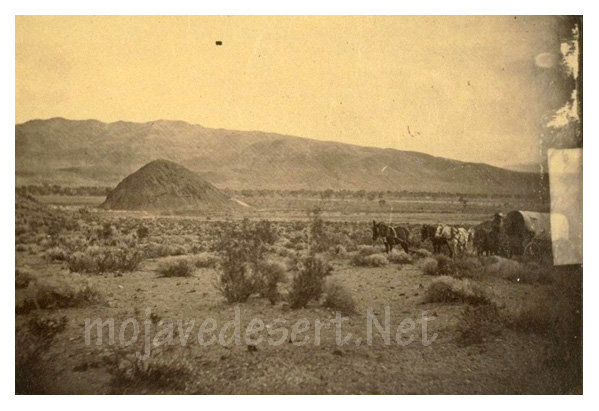Americans and other foreigners

Americans and other foreigners who immigrated to California engaged in a variety of businesses. Although 1828 regulations opened California to settlement by foreigners, there was little land available, and Mexican officials were not supportive of grants to foreigners. With the secularization of the missions in 1834, lands that had been previously closed to settlement became available. In the 1840s, Mexican officials opened large amounts of land to private development, and foreigners were permitted to purchase land in California. Many became owners of large holdings. About one-third of the land in California went to Anglo-Americans. The secularization of the missions also meant that thousands of Indians from those missions were now available as a source of cheap labor. And an outside market existed for products of California ranches, primarily hides and tallow. These factors set off a land rush among Mexicans and foreigners.
Additionally, people were drawn to California as a result of numerous boosters who had written about the area, beginning as early as 1808 with the journal of a sea-otter trader, Captain William Shaler; Hall
Jackson Kelleys 1839 report to Congress; Richard H. Danas Two Years before the Mast, and others. Tales heard from fur trappers and the published words of hide and tallow traders and travelers who wrote of California helped fuel the American appetite for expansion. Others, such as John Marsh and John Sutter, were also active in luring overland travelers to California.
Some of those who immigrated to California on the Old Spanish Trail became involved in the American underground that worked to hasten the takeover of California. This takeover was generally a goal of the various boosters. John Rowland and William Workman had been involved in the Republic of Texas failed 1841 invasion of New Mexico. They became active in annexationist intrigues, joining with many, such as Abel Stearns, who were already in California. Both, along with other members of their immigrant party, were involved in the military uprising in 1845 against Governor Micheltorena, as well as later uprisings.
Soon after settling in the Salt Lake area, the Mormons under Brigham Young began expanding southward with the intent of establishing an outlet to the sea. A series of settlements were established in the late 1840s and early 1850s along the Mormon Corridor, including Parowan and Cedar City, which were near beds of iron and coal. In 1852, Young sent a company of 300 settlers, who followed the western part of the Old Spanish Trail to southern California, where they established a city called San Bernardino. In 1855, the Mormons built a fort at the site of present-day Las Vegas, Nevada, and another group followed part of the Old Spanish Trail to settle Moab, Utah. In 1857, fearing an invasion of Utah by the U.S. Army, the colonists from San Bernardino and other outposts left their settlements and returned to help defend against the potential invaders.
Previous - Next
About the Old Spanish Trail
American Indian groups
Spanish colonial interest
In late summer of 1826
A major variation of the Old Spanish Trail
The major reason for travel
There was considerable legal trade
Some of the vast fur trade
Hispanic New Mexican families
Americans and other foreigners
With the American takeover of California
Over the years a number of military groups
Overall, use of the Old Spanish Trail